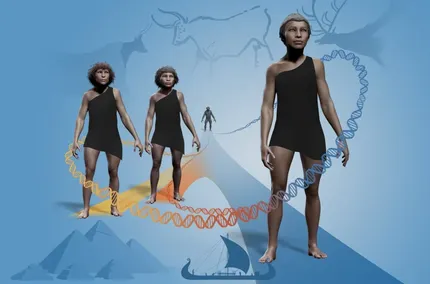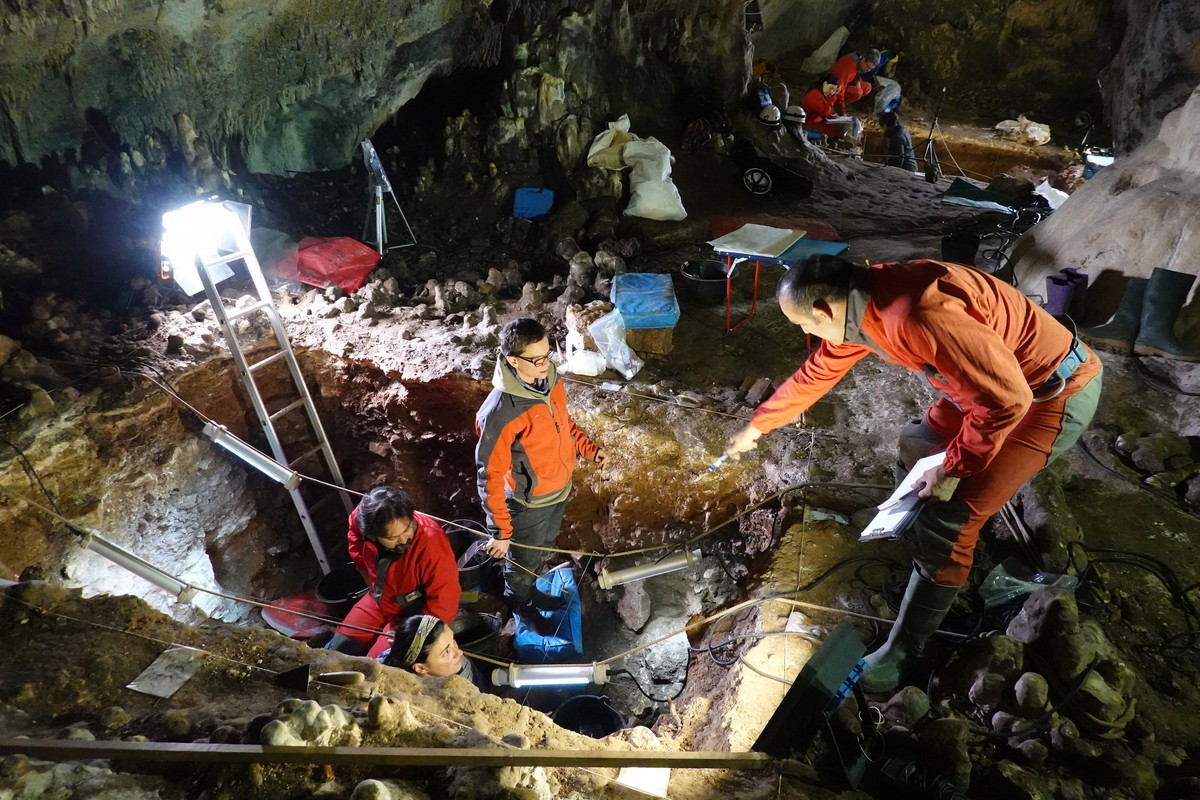Paleogenic Svante Päbo will receive the Nobel Prize in Physiology or Medicine
2022/10/03 Galarraga Aiestaran, Ana - Elhuyar Zientzia Iturria: Elhuyar aldizkaria

The Karolinska Institute has decided to award the Nobel Prize in Physiology or Medicine 2022 to the genetic Svante Päbo “for his discoveries about the genomes and the human evolution of the missing persons”.
The Karolinska Institute has recognised Päabo as the creator of paleogenomics, highlighting the milestones of his work. First, the sequencing of the Neanderthal genome, which led to the conclusion that Neanderthals were relatives of sapiens. He also made known a previously unknown human group: denisov. And it showed that there was a gene transfer of missing hominids to Homo sapiens. The physiological importance of this gene flow is highlighted, such as the influence of our immune system on the response capacity to infections.
Sequencing of the Neanderthal genome
Scientists' question has been the only one that makes our species. Paleontology and archaeology have given basic explanations, but the contribution of genetics has been fundamental to clarify aspects such as the kinship of Neanderthals and sapiens.
In fact, in the late 1990s, almost all the human genome was sequenced. It was an important achievement that allowed analyzing the genetic relationships between different human populations. To do the same with Neanderthals, we would have to sequence the recovered DNA from the fossils.
However, at that time this seemed impossible: the ancient genome was degraded and contaminated by the DNA of other living beings (bacteria, humans…). Considered a challenge by Svante Päbo, he began to develop methods for sequencing the Neanderthal genome, performing a PhD graduate with evolutionary biologist Allan Wilson.
Päbo decided to analyze the DNA of the Neanderthal mitochondria. Although the genome of these organelles provides limited information, it has thousands of copies. It started then. And he managed to sequence the mitochondrial DNA from a 40,000 year-old bone fragment. He showed that Neanderthals were genetically different from current humans and chimpanzees.
He later joined the Max Planck Institute, where he managed to develop techniques for isolating and sequencing nuclear DNA from fossils. He and his colleagues published the first genetic sequence of a Neanderthal. Comparing genomes, it was shown that the foremost before the Neanderthals and sapiens lived about 800,000 years ago.
Discovery of Denisov and paleogenomics
Another landmark highlighted by the Nobel Academy is the discovery of the Denisov. In 2008, in a south-eastern cave in Siberia, in Denisova, a 40,000 year-old bone was found. Specifically, a finger bone. The DNA of this fossil was in very good condition and was sequenced by the Päbo group. So the surprise came, it was different from the current Neanderthal and human sequences. He was from another human being, until then unknown.
Therefore, according to the Karolinska Institute, the works of Päbo have been fundamental for the development of paleogenomics and the history of human evolution. They also help understand the influence of missing ancestral genes on human physiology today. For example, the current typical strain of the EPAS1 gene is favorable for high-altitude life. Well, this variant comes from denisov.
The Max Planck Institute has announced that new methods are being developed today to regenerate even smaller and degraded DNA fragments. The goal is to be able to sequence the DNA from the fossils of hot, humid climates to continue to complete the puzzle of human evolution.

Gai honi buruzko eduki gehiago
Elhuyarrek garatutako teknologia







